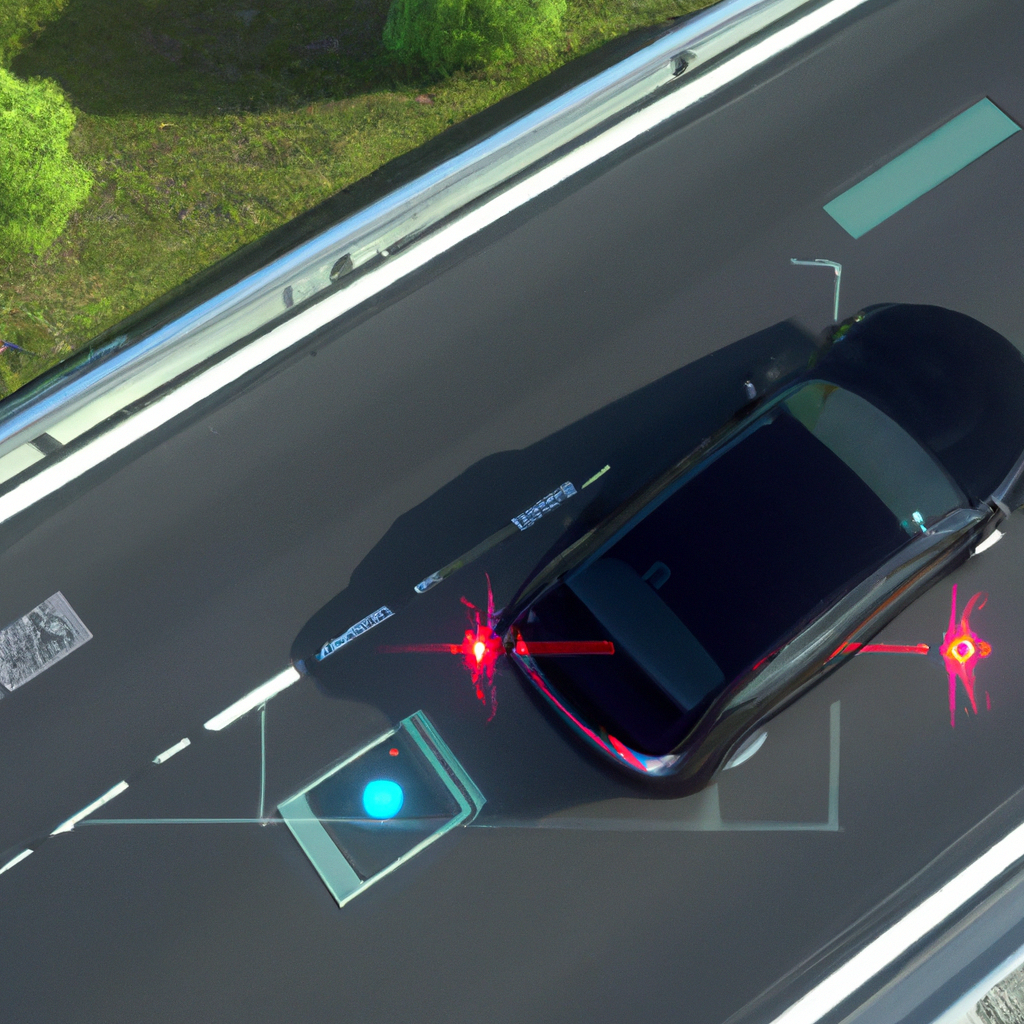Self-driving cars, also known as autonomous vehicles, are a fascinating technological innovation that has the potential to revolutionize the way we commute and travel. One of the critical components of self-driving cars is their navigation technology. How do self-driving cars navigate, and what makes it possible for them to do so? In this article, we will explore the intricate workings of self-driving car navigation technology, including the role of artificial intelligence and machine learning in making it all possible.
Sensors and Perception
Self-driving cars rely on a complex network of sensors and perception technologies to navigate their surroundings. These sensors include cameras, radar, lidar, and GPS. These sensors work together to create a real-time, 3D map of the car’s surroundings. The car then uses this map to make decisions about its route and to avoid obstacles.
The cameras on the car capture images of the environment, while the radar and lidar sensors use radio waves and lasers to detect and measure distances to objects around the car. The GPS system provides the car with its location and helps to keep track of its position. By combining data from these sensors, the car can create a detailed, real-time map of its environment, which it can use to navigate.
Artificial Intelligence and Machine Learning
The data gathered by the car’s sensors is processed by artificial intelligence (AI) algorithms that use machine learning to make decisions about the car’s actions. Machine learning is a type of AI that enables computers to learn from data without being explicitly programmed. In the case of self-driving cars, machine learning algorithms allow the car to learn from its environment and make decisions based on that learning.
The machine learning algorithms used by self-driving cars are trained on vast amounts of data gathered from real-world driving scenarios. This data includes information on road conditions, traffic patterns, weather, and other factors that can affect the car’s performance. By analyzing this data, the machine learning algorithms can learn to recognize patterns and make decisions based on those patterns.
Decision Making
Once the car has gathered and processed data from its sensors, it must make decisions about its next actions. These decisions are based on a combination of factors, including the car’s location, the route it is taking, the traffic conditions, and the presence of any obstacles.
The car’s decision-making process is governed by a set of algorithms that take into account all of these factors. For example, if the car encounters an obstacle in the road, the algorithms will analyze the data from the car’s sensors and determine the best course of action to avoid the obstacle. This may involve slowing down, changing lanes, or coming to a stop.
Navigation and Mapping
Self-driving cars also use sophisticated navigation and mapping technologies to plan their routes and navigate to their destinations. These technologies include high-definition maps, real-time traffic data, and route-planning algorithms.
The high-definition maps used by self-driving cars are much more detailed than typical road maps. They contain information about road conditions, lane markings, traffic signals, and other important details that the car needs to know to navigate safely. The car’s navigation system uses these maps to plan the best route to its destination, taking into account traffic conditions and other factors that may affect the journey.
Conclusion
In conclusion, self-driving cars navigate using a combination of sensors, artificial intelligence, machine learning, and mapping technologies. The car’s sensors gather data about the environment, which is then processed by machine learning algorithms to make decisions about the car’s actions. The car’s navigation and mapping technologies help it to plan its route and navigate to its destination safely. While there are still challenges to be overcome, such as ensuring the safety of self-driving cars and addressing ethical concerns, the potential benefits of this technology are enormous. Self-driving cars have the potential to reduce traffic congestion, improve safety, and make transportation more accessible and convenient for everyone.







